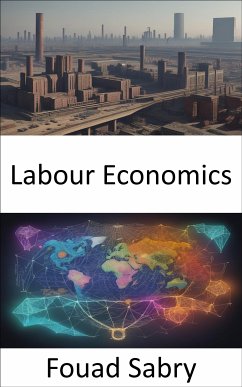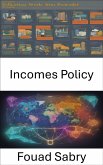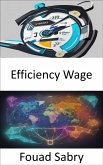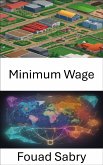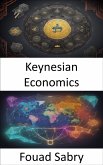What is Labour Economics
The field of labor economics, sometimes known as labor economics, is concerned with gaining an understanding of the structures and dynamics of the markets for wage labor. Labour is a commodity that is provided by workers, more often than not in exchange for a wage that is paid by businesses that are in need of labour. Due to the fact that these workers are components of a social, institutional, or political system, labor economics must also take into account the social, cultural, and political factors that are present.
How you will benefit
(I) Insights, and validations about the following topics:
Chapter 1: Labour economics
Chapter 2: Minimum wage
Chapter 3: Unemployment
Chapter 4: Full employment
Chapter 5: New Keynesian economics
Chapter 6: Phillips curve
Chapter 7: The General Theory of Employment, Interest and Money
Chapter 8: Efficiency wage
Chapter 9: Marginal revenue productivity theory of wages
Chapter 10: Backward bending supply curve of labour
Chapter 11: Labour supply
Chapter 12: Frisch elasticity of labor supply
Chapter 13: Neoclassical synthesis
Chapter 14: Insider-outsider theory of employment
Chapter 15: AD-AS model
Chapter 16: Involuntary unemployment
Chapter 17: Monopsony
Chapter 18: Rehn-Meidner model
Chapter 19: Factor market
Chapter 20: Implicit contract theory
Chapter 21: Keynes's theory of wages and prices
(II) Answering the public top questions about labour economics.
(III) Real world examples for the usage of labour economics in many fields.
(IV) Rich glossary featuring over 1200 terms to unlock a comprehensive understanding of labour economics. (eBook only).
Who will benefit
Professionals, undergraduate and graduate students, enthusiasts, hobbyists, and those who want to go beyond basic knowledge or information for any kind of labour economics.
The field of labor economics, sometimes known as labor economics, is concerned with gaining an understanding of the structures and dynamics of the markets for wage labor. Labour is a commodity that is provided by workers, more often than not in exchange for a wage that is paid by businesses that are in need of labour. Due to the fact that these workers are components of a social, institutional, or political system, labor economics must also take into account the social, cultural, and political factors that are present.
How you will benefit
(I) Insights, and validations about the following topics:
Chapter 1: Labour economics
Chapter 2: Minimum wage
Chapter 3: Unemployment
Chapter 4: Full employment
Chapter 5: New Keynesian economics
Chapter 6: Phillips curve
Chapter 7: The General Theory of Employment, Interest and Money
Chapter 8: Efficiency wage
Chapter 9: Marginal revenue productivity theory of wages
Chapter 10: Backward bending supply curve of labour
Chapter 11: Labour supply
Chapter 12: Frisch elasticity of labor supply
Chapter 13: Neoclassical synthesis
Chapter 14: Insider-outsider theory of employment
Chapter 15: AD-AS model
Chapter 16: Involuntary unemployment
Chapter 17: Monopsony
Chapter 18: Rehn-Meidner model
Chapter 19: Factor market
Chapter 20: Implicit contract theory
Chapter 21: Keynes's theory of wages and prices
(II) Answering the public top questions about labour economics.
(III) Real world examples for the usage of labour economics in many fields.
(IV) Rich glossary featuring over 1200 terms to unlock a comprehensive understanding of labour economics. (eBook only).
Who will benefit
Professionals, undergraduate and graduate students, enthusiasts, hobbyists, and those who want to go beyond basic knowledge or information for any kind of labour economics.
Dieser Download kann aus rechtlichen Gründen nur mit Rechnungsadresse in A, B, BG, CY, CZ, D, DK, EW, E, FIN, F, GR, H, IRL, I, LT, L, LR, M, NL, PL, P, R, S, SLO, SK ausgeliefert werden.

